A pathway to understanding:
If there were a manual for parenting teens, it might start here at Evolve.
Parents and teens from around California and across America trust our team of clinical experts to help them face many challenges and unique situations. We’ve developed Parent Guides that offer the latest information and advice relating to some of the issues we see in our clinics each day, as well as some of the therapies and approaches we use to turn hope into a new beginning.
Parent Guides A-Z
What’s Behind Teen Aggression & Destruction? Adolescence can be a difficult time for teens—and, famously, for their parents. Unfortunately, teens tend to react to their difficulties with aggressive behaviors, making violence in teens more common than you’d think. Teen aggression, manifesting as hitting, breaking, or harming animals, can be perplexing for parents. Often, these behaviors […]
As a leading teen treatment center, we’ve heard from countless parents about their concerns over marijuana legalization. With the drug’s increased accessibility, it’s never been more crucial to understand its impact on adolescents—and its potential to lead to more harmful drugs. We’ve created a guide to help you identify whether your teen may be using […]
Some teens seem ambivalent, unburdened by the world around them, while others seem to take the weight of the world on their shoulders. It can be challenging to understand exactly how stress affects adolescents. As a leader in teen mental health, we’ve worked with countless parents of anxious teens around the country, helping them to […]
Non-suicidal self-injury (NSSI) and self-harm in teens is both challenging and heartbreaking for parents to watch. Often, it can be overwhelming to accept that your teen is in pain, but it’s critical to understand the motivations behind NSSI. Your awareness and support can make a monumental difference in your teen’s life, and in some cases, […]
“I found my teenager is taking speed: now what?” As a parent, it can be terrifying to discover that your teen is taking amphetamines without your knowledge, and it’s crucial to be informed about the risks and realities of amphetamine use, Adderall misuse, and prescription drug abuse among teenagers. At Evolve, we specialize in teen […]
Dealing with an angry teenager can be challenging for any parent. The teen years are tumultuous, and sometimes it can be difficult to know whether your teen’s anger is normal or out of control. Understanding the signs of anger issues, knowing when to seek help, and learning effective anger management techniques are crucial for maintaining […]
Dialectical Behavior Therapy (DBT) is gaining more and more exposure as parents and therapists are recognizing its remarkable value in helping teens with emotional dysregulation, self-harming behavior, suicidal ideation, and other mental health and/or behavioral issues. If your child’s counselor or clinician recommended DBT treatment, know that providing this therapy to your teen can be […]
Is your child hitting you or others? Watching your child act out physically can be distressing and confusing for parents. Below, we’ll take a closer look at why children might engage in hitting behavior. Why Do Kids Hit? Is It Normal for Kids to Hit? Hitting family members is a common behavior among children, especially […]
Psychosis is the clinical term used when an individual loses touch with reality. In adolescents, psychosis can be caused by many different factors, ranging from substance abuse to the onset of a serious mental health disorder. The unusual and often bizarre behaviors associated with psychosis can be particularly frightening and confusing for any parent to […]
Adolescents and alcohol. Some people argue they’re an inevitable combination. Others argue they don’t have to be. We understand that teens are likely to experiment with alcohol in some form during their teen years. Some teens try it once or twice and then stop. Others try it and go on to consume alcohol on a […]
It’s heartbreaking to see your teen become so obsessed with body weight and shape that he or she diets to the point of become dangerously thin. Attempts to reason with or reassure your child aren’t only futile, but often result in intense power struggles that reinforce your teen’s determination to waste away to nothing. This […]
Adolescence can be a turbulent time. Anyone who lived to survive it – including those who are now parents of teens – know about the social, emotional, and physical rollercoaster that often characterizes the teen years. For a small percentage of teens, the emotional turbulence is especially intense, confusing, and painful. For some teens, emotional […]
Stay up-to-date with our blog.
Subscribe below and get emailed when a new blog is posted.

